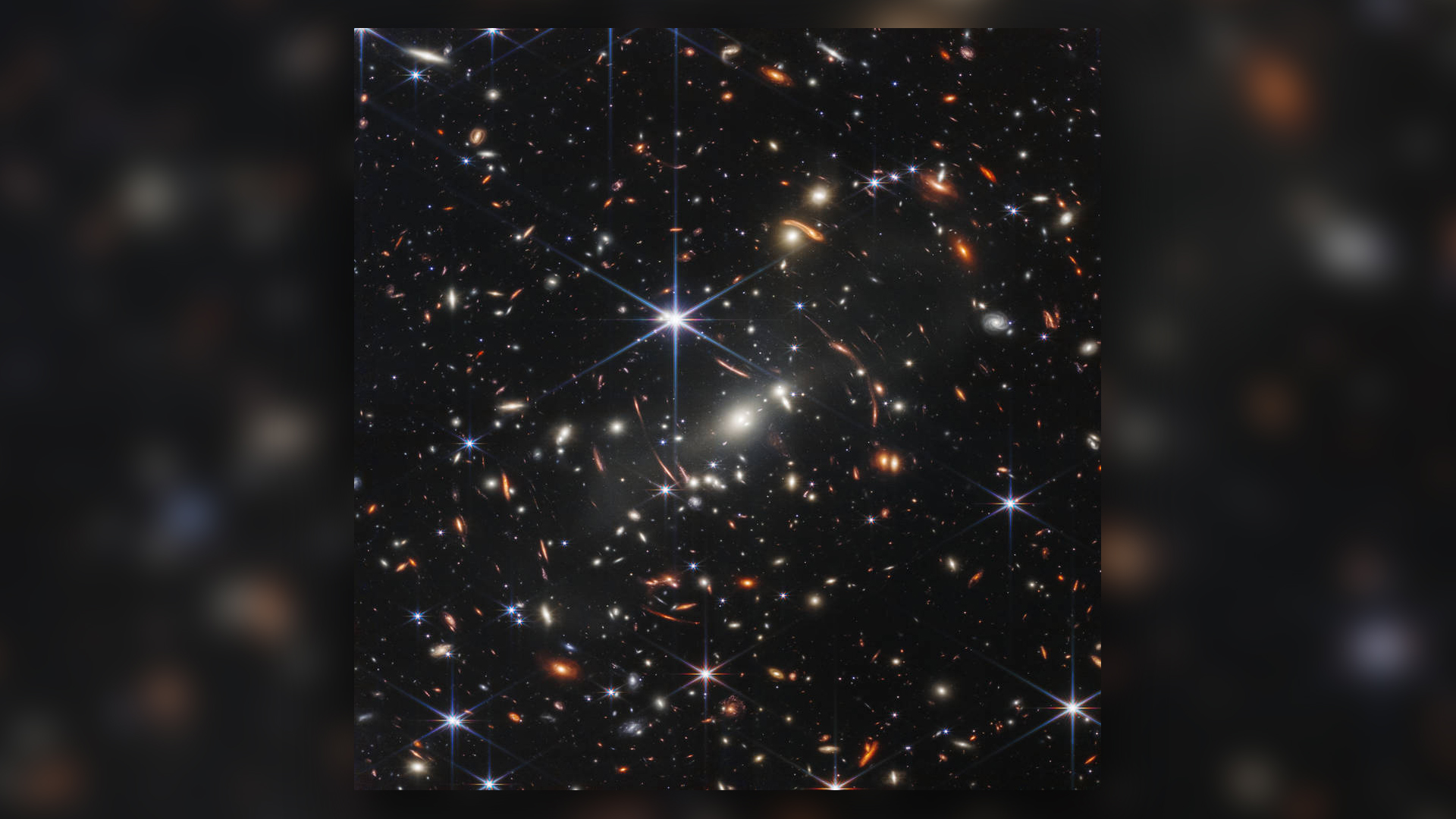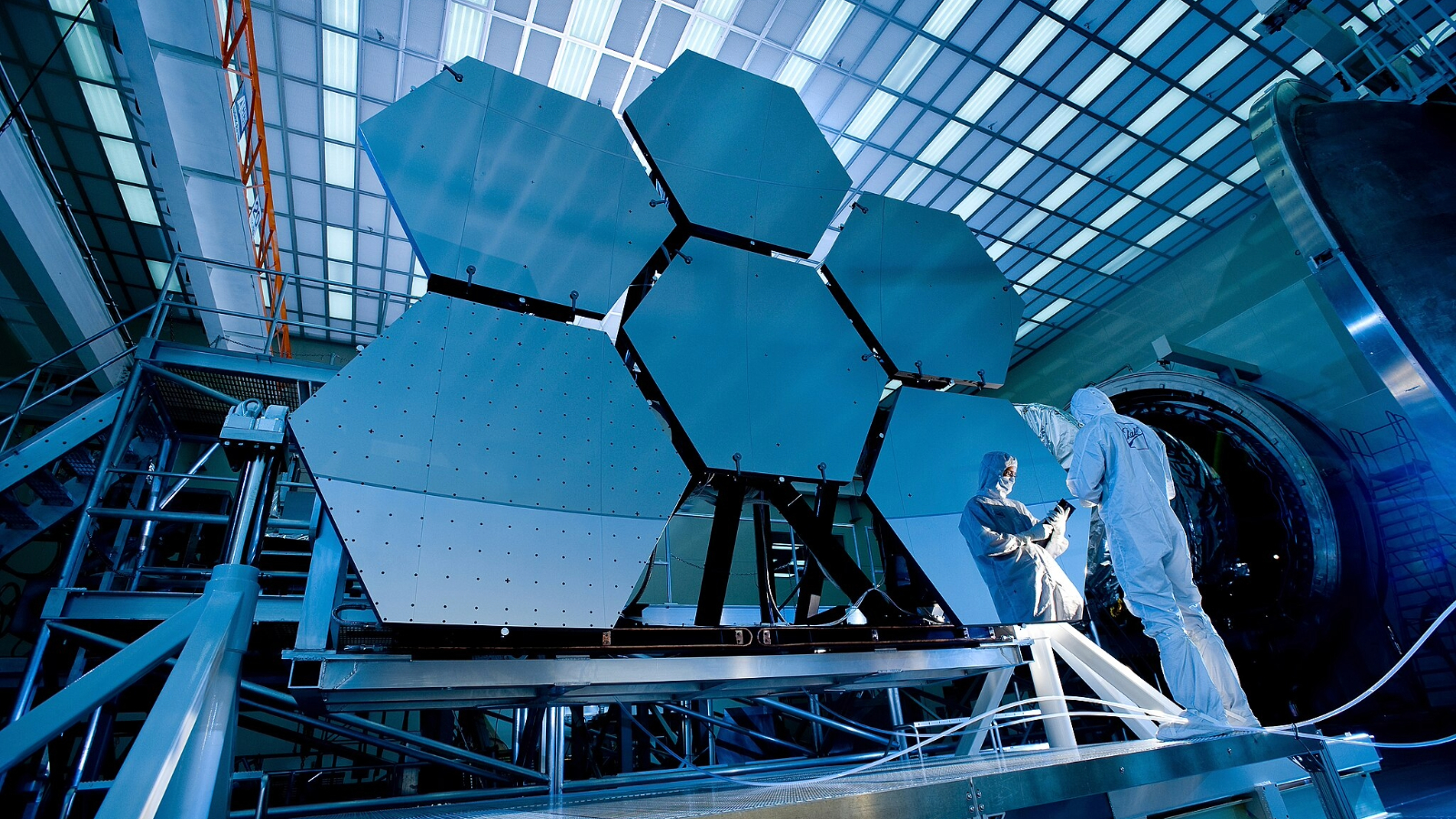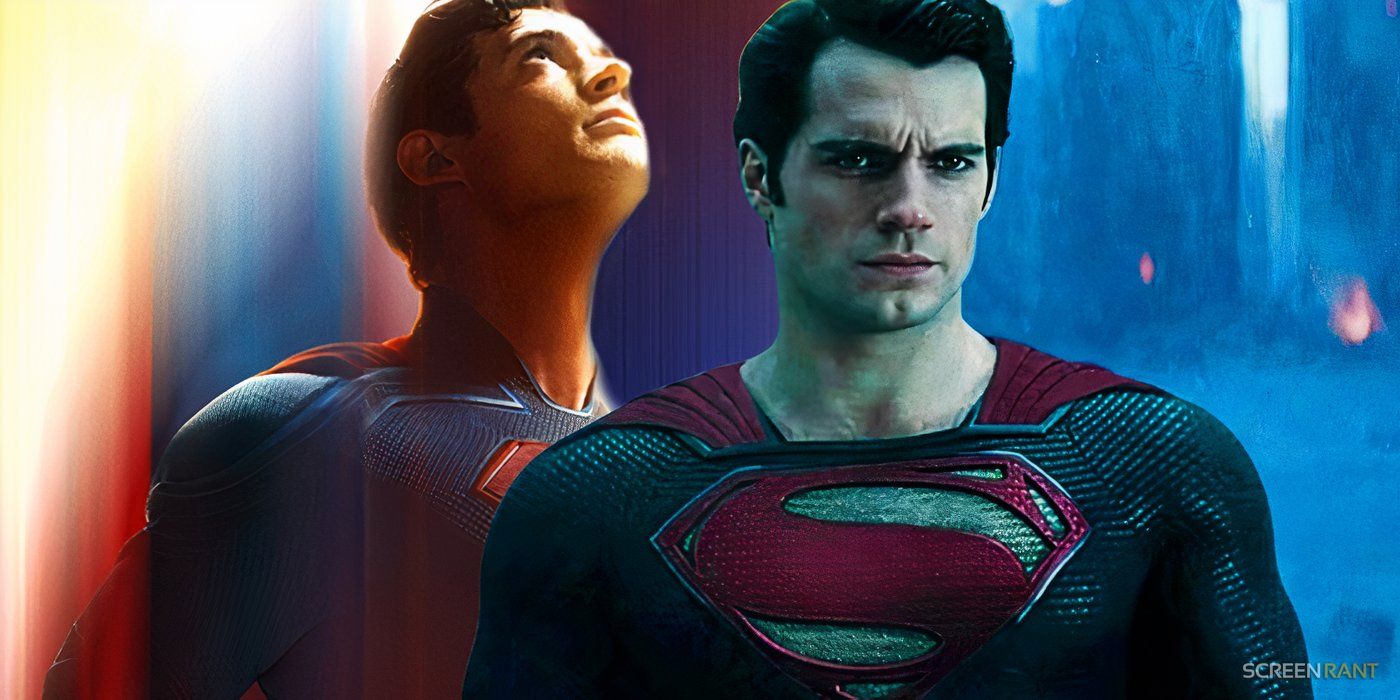T4K3.news
James Webb reveals deepest view of universe
The James Webb Space Telescope captures stunning images of galaxies from near the Big Bang, transforming astronomy.

NASA's James Webb Space Telescope offers groundbreaking insights into the universe's infancy.
James Webb Space Telescope sees back to the Big Bang
NASA’s James Webb Space Telescope has provided an unprecedented look into the early universe with its first deep infrared image of galaxy cluster SMACS 0723. Launched in December 2021, this powerful telescope allows scientists to study celestial phenomena previously obscured by dust. While earlier telescopes like the Hubble focused on visible light, Webb detects infrared wavelengths, reaching further back in time. Current projections suggest Webb can observe galaxies up to 13.7 billion years away, just after the Big Bang.
Key Takeaways
"The James Webb Space Telescope has proven itself capable of seeing 98% of the way back to the Big Bang."
This quote highlights the extraordinary capabilities of JWST in observing early galaxies.
"JWST's primary mirror gives it a total collecting area of more than 270 square feet."
This emphasizes the telescope's design and advantage over its predecessor, Hubble.
"Images taken by the JWST may challenge our current models of the universe."
This suggests ongoing debates in the scientific community regarding cosmic history.
"The competition in space observation will only intensify as new technologies emerge."
This points to a future where multiple nations participate in astronomical research.
The capabilities of the James Webb Space Telescope mark a significant leap in our astronomical endeavors. By unveiling images of some of the oldest galaxies, Webb encourages scientists to re-evaluate existing theories about the formation and evolution of the universe. Yet, the competition is heating up, as other countries invest in their own astronomical technology, indicating that the quest for cosmic understanding is far from over.
Highlights
- James Webb shows us the universe as it once was
- Peering into the past is now possible thanks to JWST
- Galaxies seen by Webb are over 13 billion years old
- The future of space observation is just beginning
Potential political ramifications of space investments
As countries ramp up investments in space technology, competition may lead to geopolitical tensions and public concern regarding budgets.
As new technologies emerge, our understanding of the cosmos will continue to evolve.
Enjoyed this? Let your friends know!
Related News

James Webb will study extreme lava planets

Astronomers capture first evidence of supermassive black hole formation

New discoveries from Europa reveal dynamic ice activity

James Webb Space Telescope unveils ancient galaxies

Scientists discover fifth planet in L 98-59 system

Astronomers discover deadly new exoplanet

James Gunn's Superman Hits Record Trailer Views

NASA's Webb Telescope Observes New Solar System
